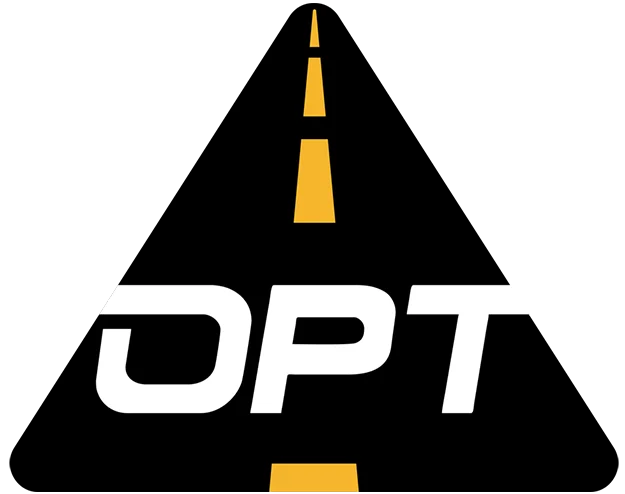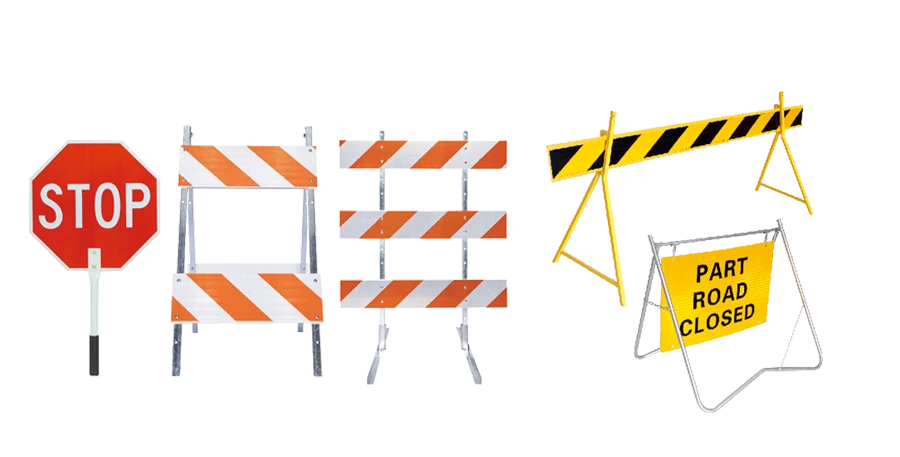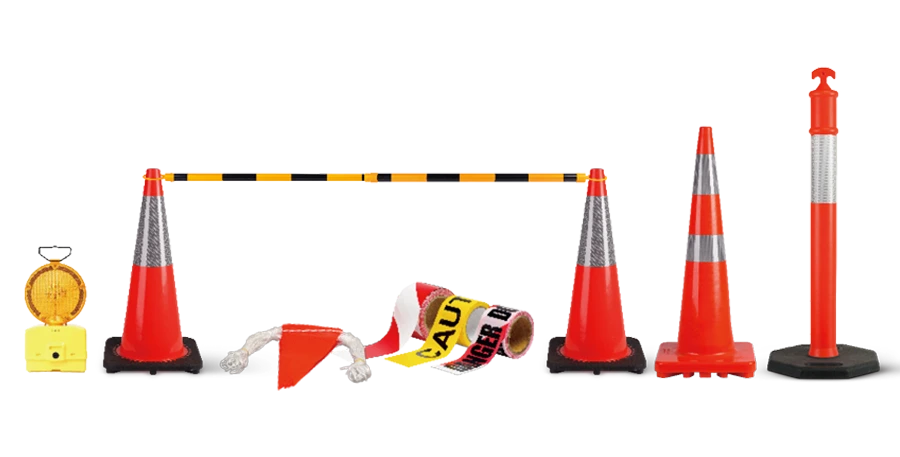Understanding Australian Traffic Laws for Road Work Zones and the Role of Traffic Cones
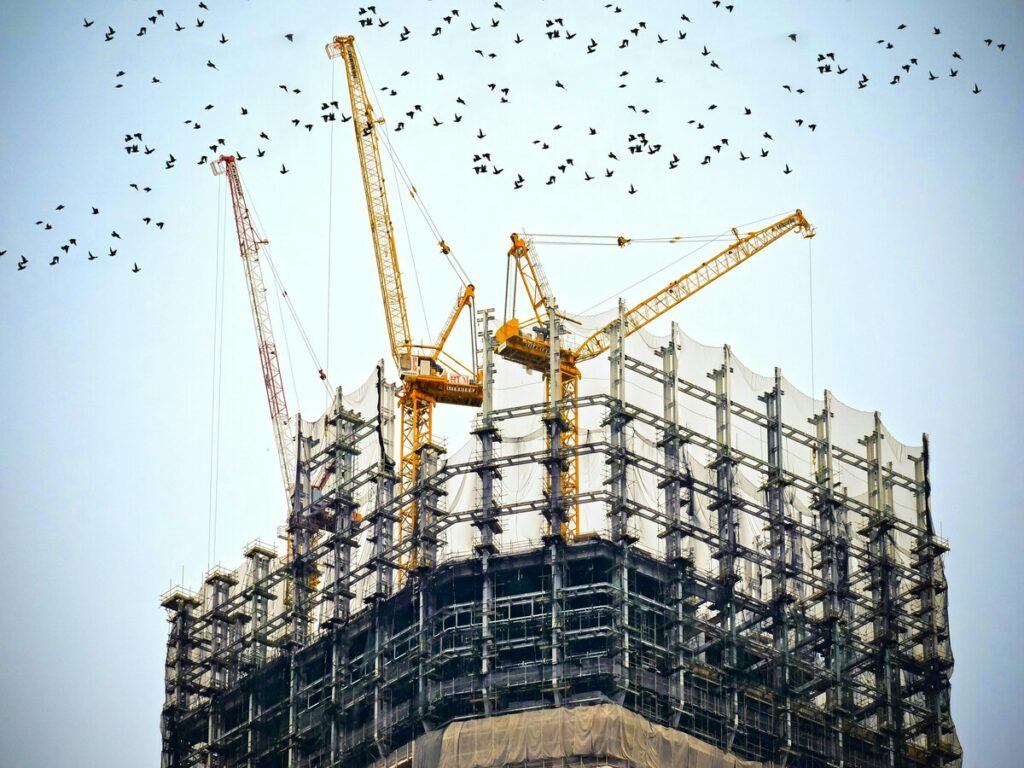
Road work zones can be hazardous for both workers and drivers. You must understand Australian traffic laws to ensure safety and avoid legal issues. Plastic safety cones play a vital role in these zones. They guide vehicles, mark safe areas, and protect workers. These cones act as visual warnings, helping drivers navigate safely around hazards. By diverting traffic and creating clear boundaries, they reduce accidents and enhance safety for everyone on the road.
Enhancing Traffic Management with orange traffic cones and V2I Communication Technology
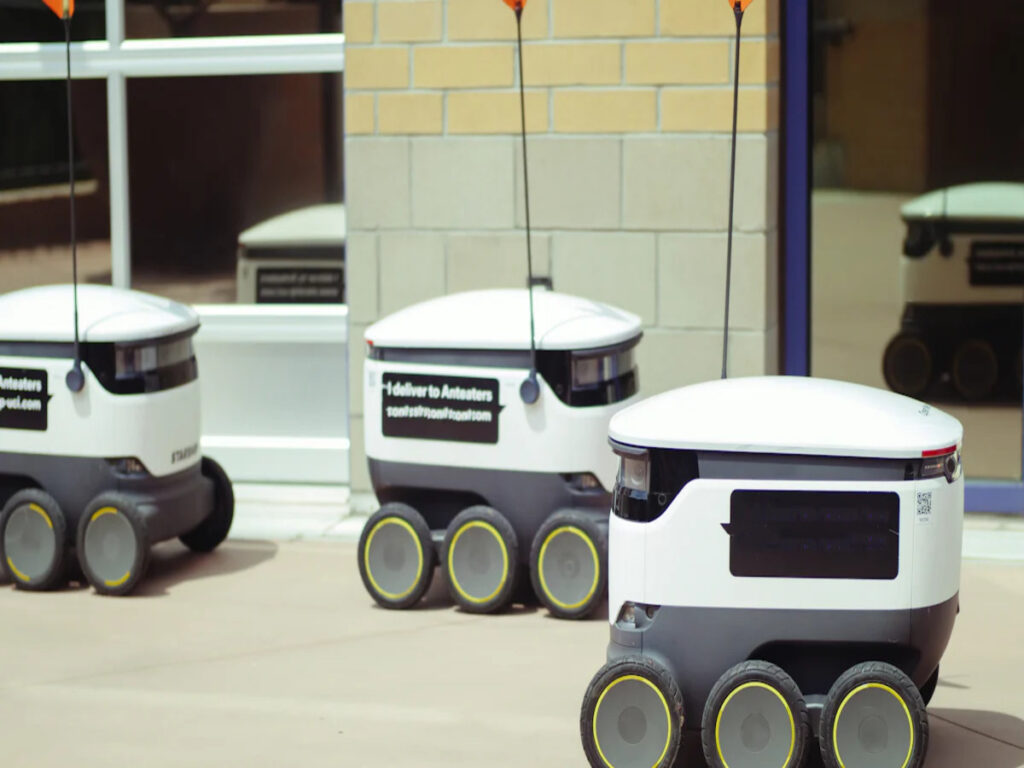
You encounter orange traffic cones daily, but have you ever considered their role in modern traffic management? These cones, combined with advanced V2I technology, create smarter roads. This integration improves safety by alerting drivers to hazards in real time. It enhances communication between vehicles and infrastructure, ensuring smoother traffic flow. With this technology, you can experience fewer delays and safer journeys. By reducing accidents and optimizing road usage, these innovations transform how traffic operates, making roads more efficient and reliable.
How IoT is Revolutionizing Plastic Orange Cones for Safer Roads
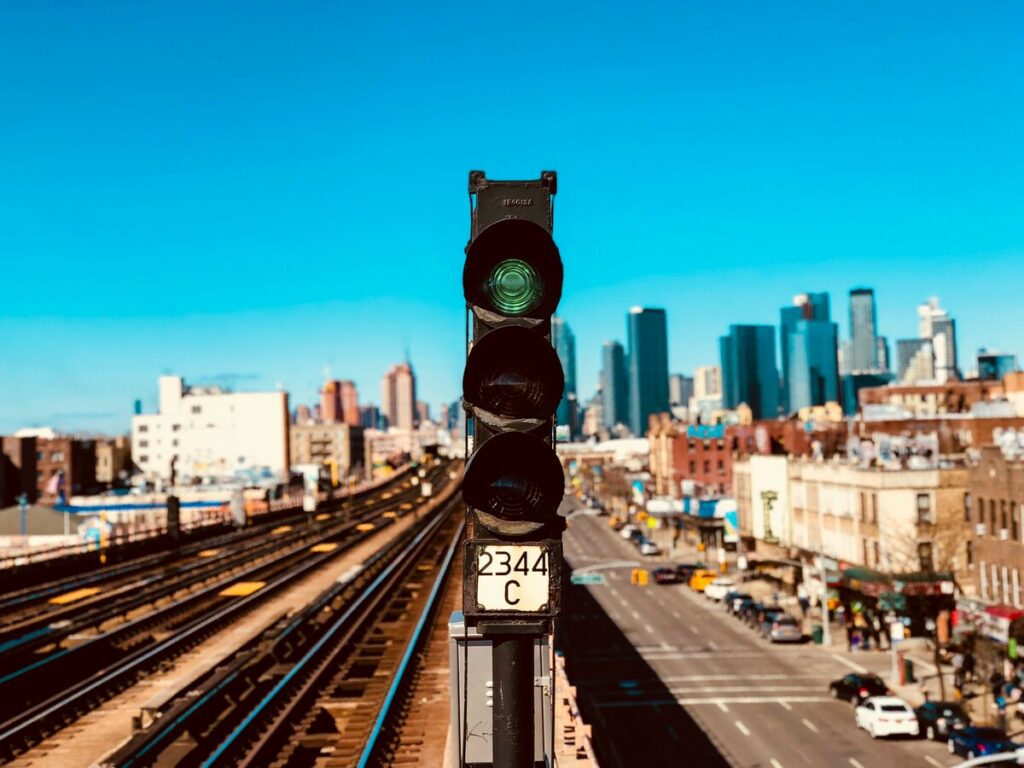
Traditional plastic orange cones play a vital role in road safety, but they often fall short in dynamic traffic management. Poor visibility during adverse weather or low light conditions can make them ineffective. Frequent damage and displacement also create challenges for ensuring consistent safety. These limitations demand smarter solutions.
Reducing Construction Site Injuries: The Critical Role of Traffic Cones in Worker Safety
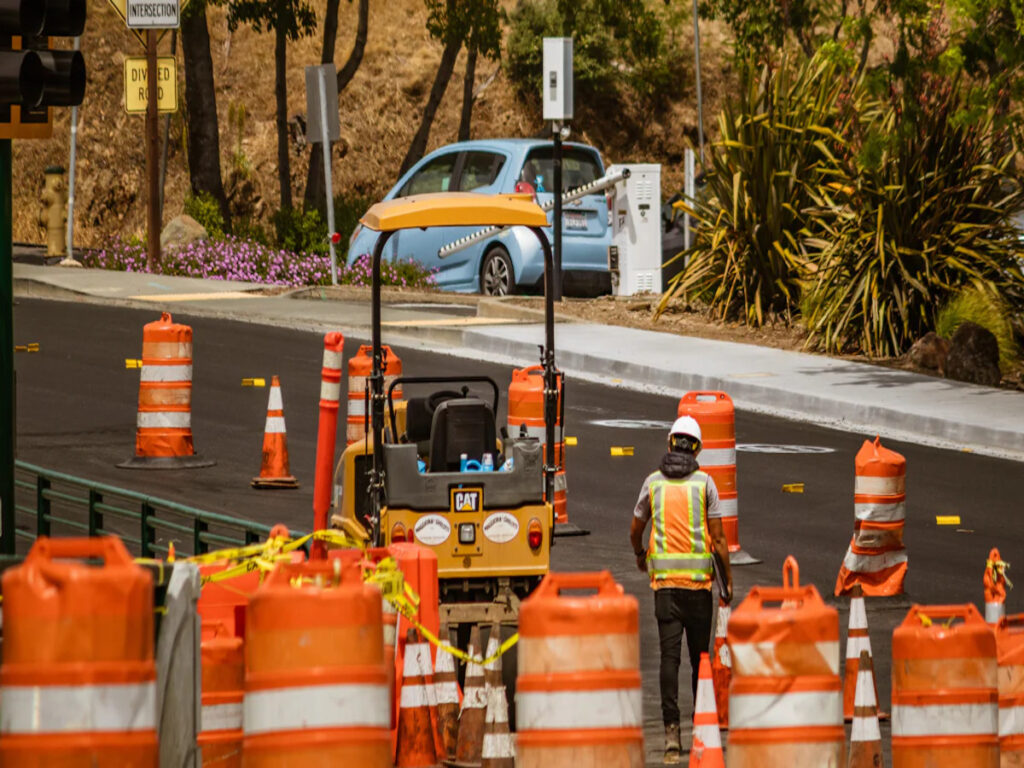
Construction sites pose significant risks to workers and pedestrians. Falls, slips, and trips account for 37.9% of fatalities while being struck by objects contributes to 16.7%, according to the U.S. Bureau of Labor Statistics. These hazards demand effective solutions to protect lives. Plastic construction cones offer a practical way to enhance safety. Their bright colors and reflective materials improve visibility, reduzindo acidentes. In U.S. tunnel projects, traffic cones have successfully separated work zones from active traffic lanes, safeguarding workers from moving vehicles. Lightweight and durable, they adapt to various scenarios, making them indispensable on construction sites.
Leveraging Drone Technology for Smarter Traffic Cone Management
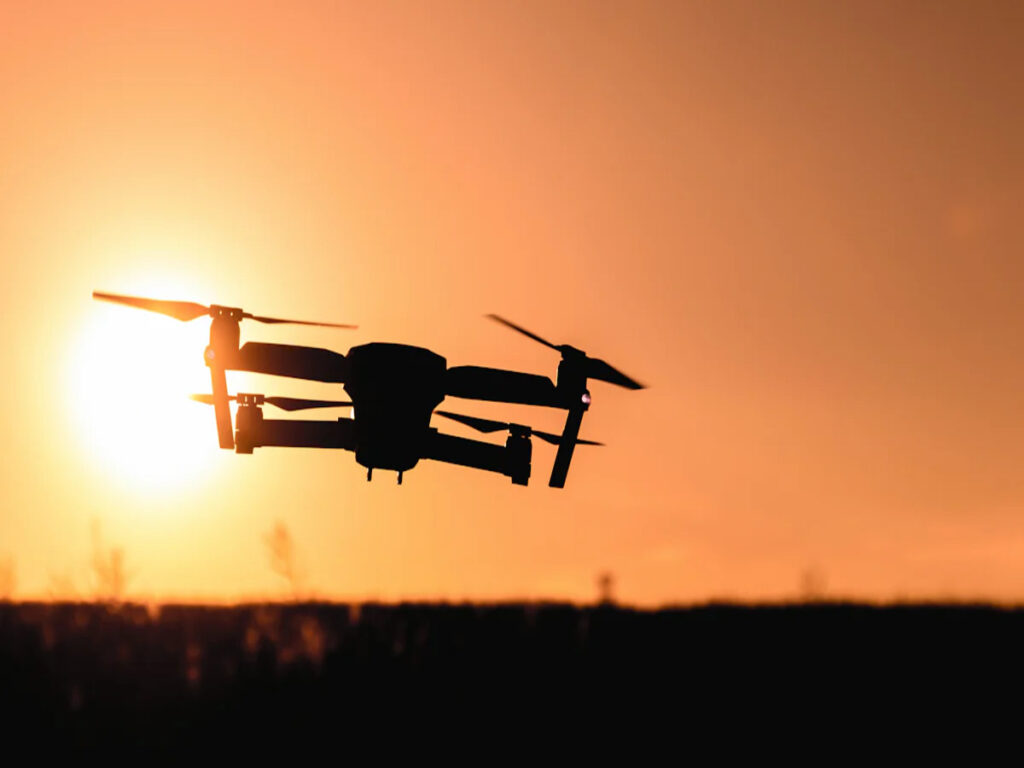
Drone technology offers a smarter alternative. Drones can deploy and monitor plastic cones efficiently, reducing risks and improving traffic flow. By replacing manual processes, drones enhance safety and save time, creating a more sustainable approach to traffic management.
AI and Data Analytics Revolutionizing Plastic Construction Cones for Traffic Flow Optimization
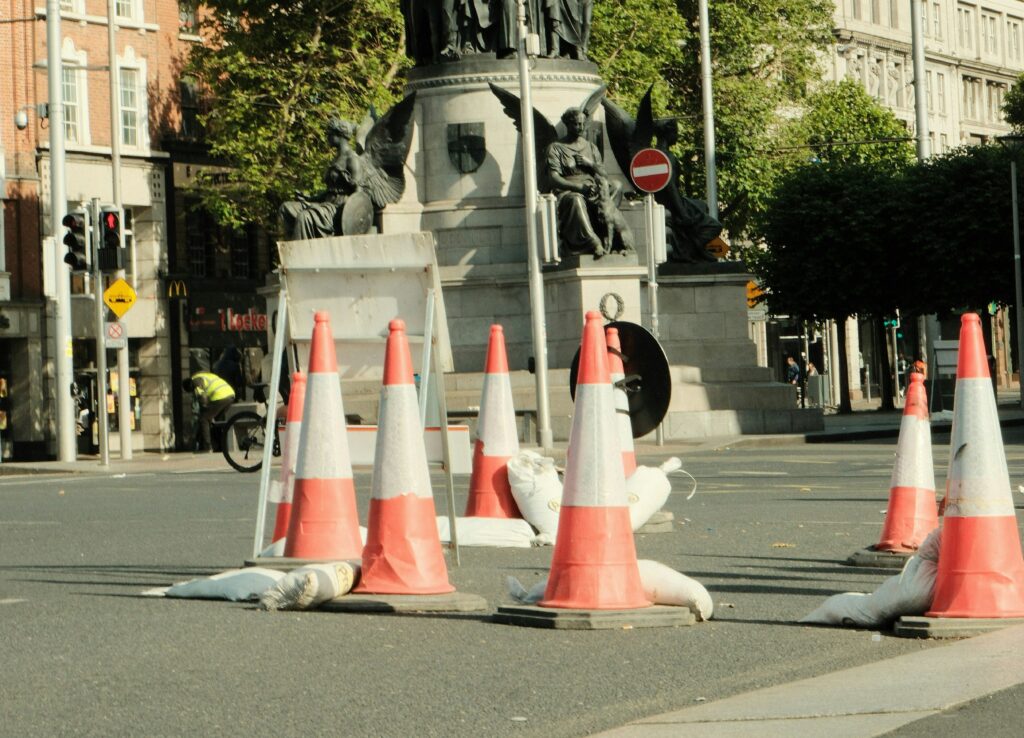
AI is changing how you experience traffic. Cities like Los Angeles and Singapore use AI to predict congestion and adjust traffic signals, reducing travel times by up to 20%. These advancements make roads safer and more efficient. Plastic construction cones now integrate AI and data analytics to monitor traffic in real time. This innovation helps you navigate construction zones with fewer delays. Optimizing traffic flow improves urban life by reducing congestion and enhancing safety for everyone on the road.
